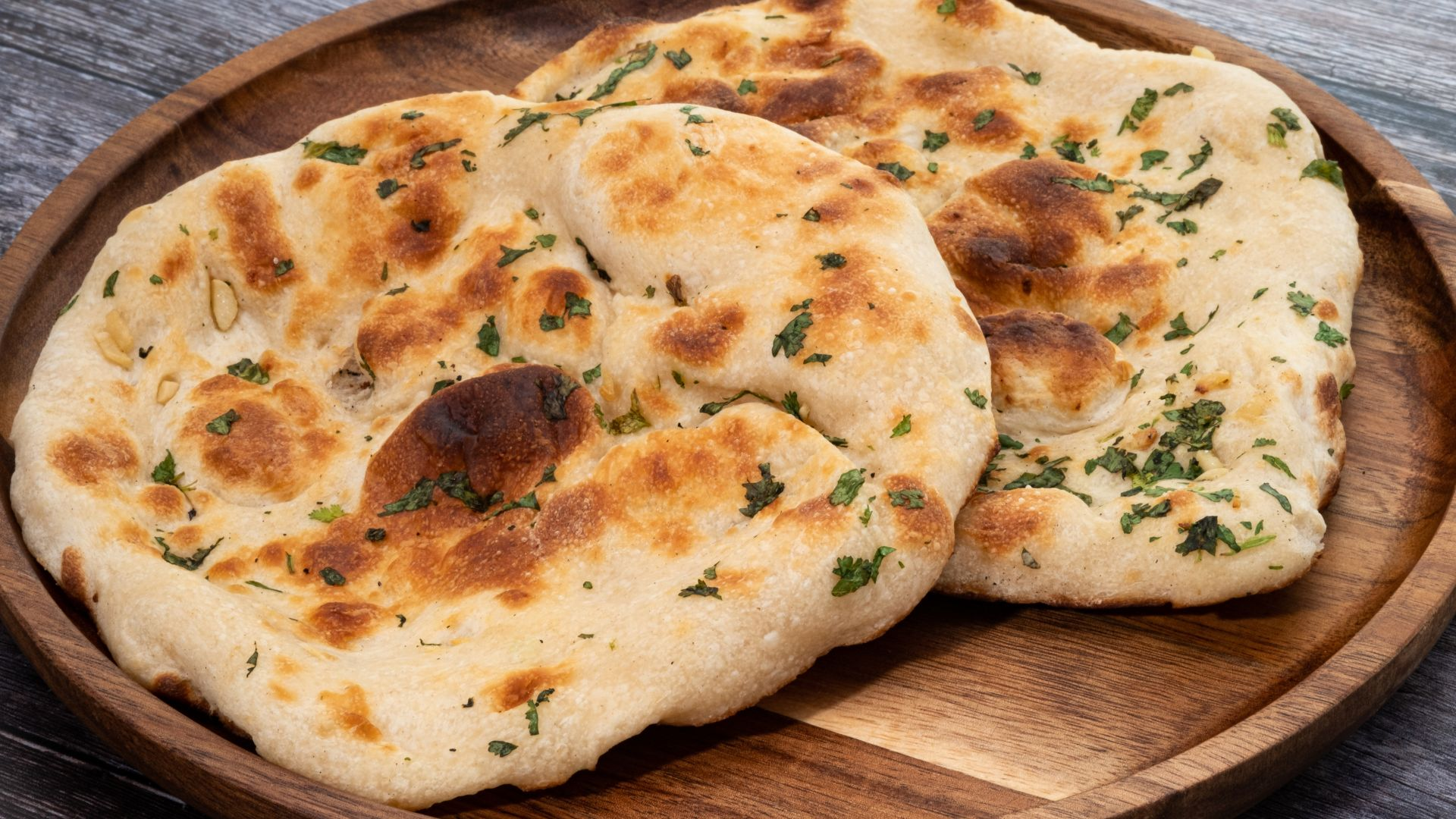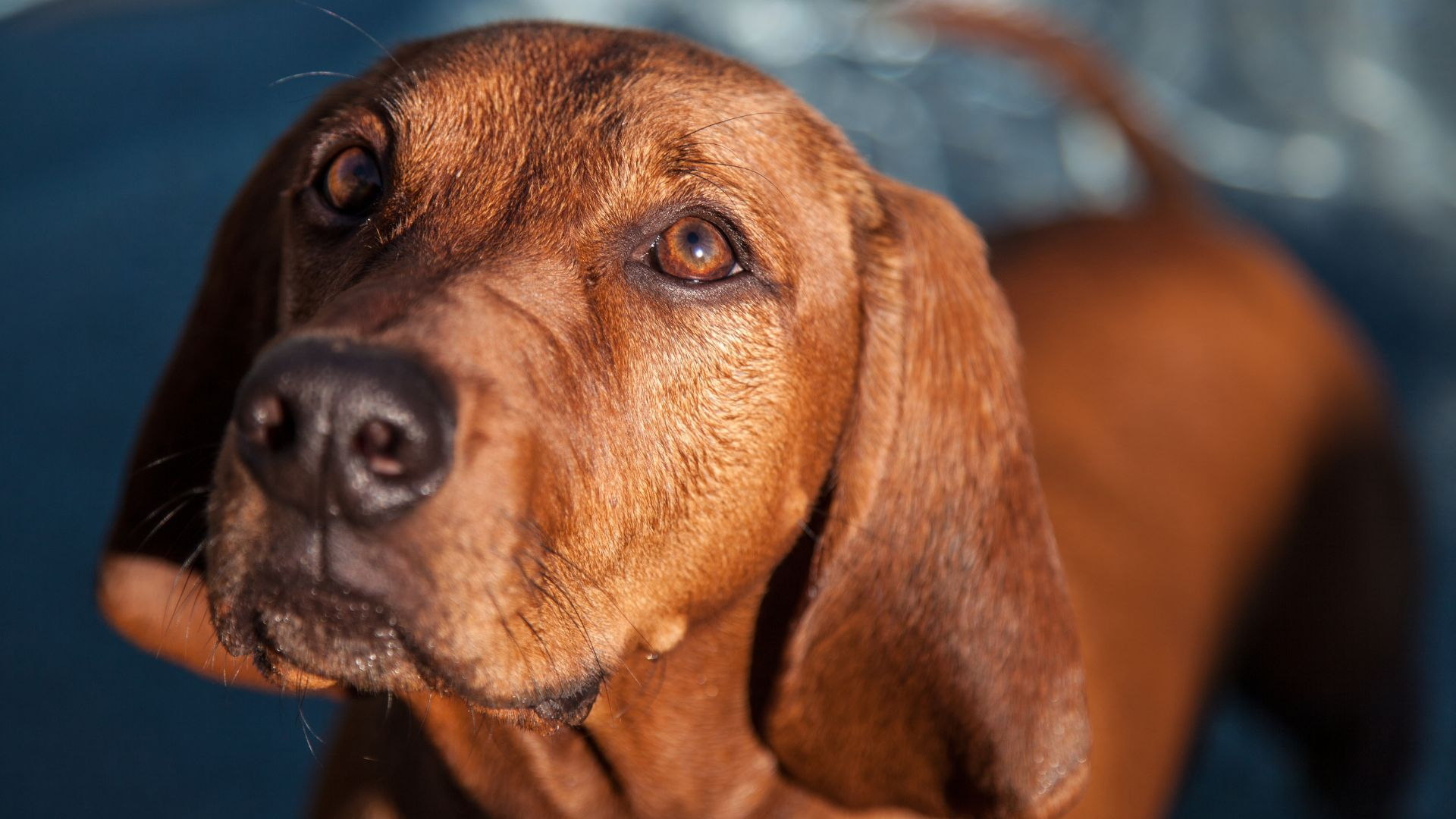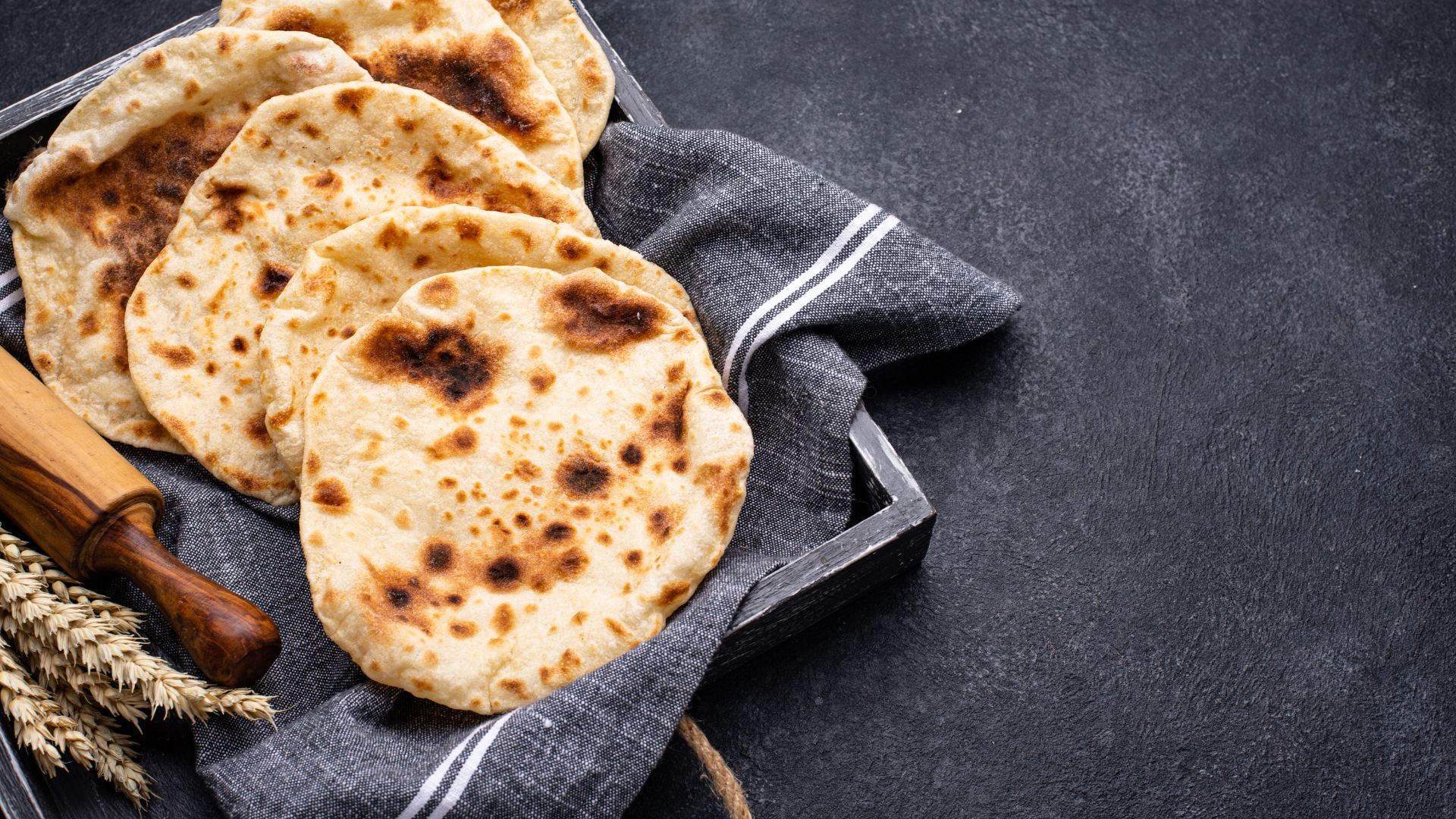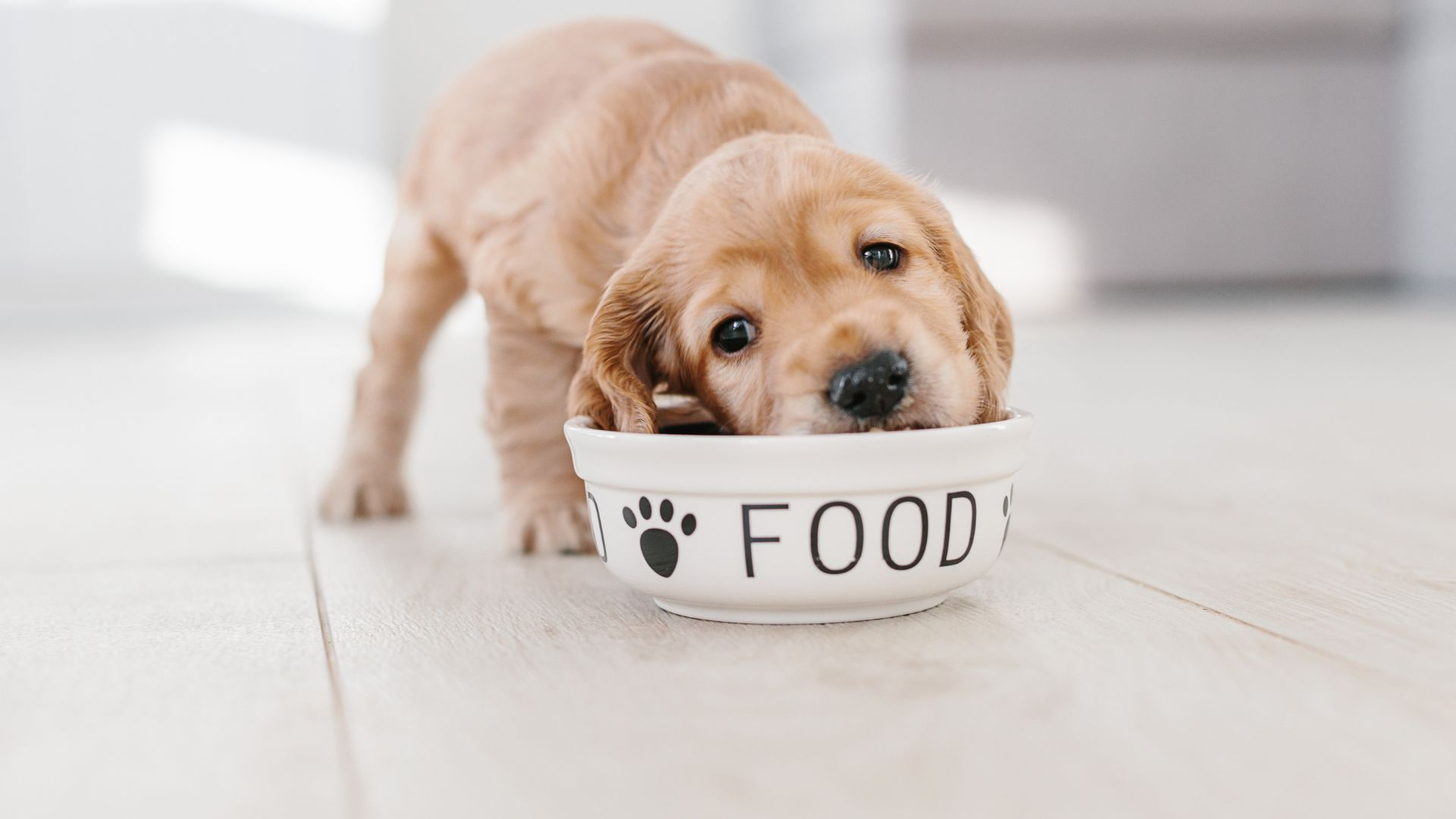You want to ensure your dog gets the best possible nutrition as a dog owner. Yet, knowing what is safe and healthy for your dog’s health can be challenging with so many different types of food available. One question many pet owners have is whether or not dogs can eat pita bread.
Pita bread is a popular type of Middle Eastern flatbread that has become increasingly popular in other parts of the world. It’s made from flour, water, salt, and yeast and has a slightly fluffy texture with a pocket in the middle that makes it perfect for stuffing with different fillings.
However, just because humans love this bread doesn’t mean dogs are safe to have dogs eat pita bread. Whether dogs can eat pita bread is essential because what we feed our pets is crucial to their overall health and well-being. Here at Pet Gifts & Toys, we go over if your dog eating pita bread is safe for them.
A balanced diet helps ensure they receive all the nutrients needed for optimal growth and development while reducing their risk of developing various health problems later in life. So before you start sharing your pita bread with your dog at mealtime or as a treat, it’s essential to understand any potential risks associated with feeding them this type of food.
Unlock the secrets to healthy canine cuisine! Explore our comprehensive guide on Healthy Habits for Hounds and discover how to safely and deliciously navigate your dog’s diet.
What is pita bread?

Pita bread, also known as Arabic bread or Syrian bread, is a flatbread originating from the Middle East. It’s made from flour, water, and yeast and formed into a round or oval shape before baking.
Pita bread typically has a pocket in the center that can be filled with various ingredients like hummus, falafel, or vegetables. Pita bread has been around for centuries and is enjoyed in many parts of the world today.
In addition to its widespread use in Middle Eastern dishes like shawarma and kebab sandwiches, it’s also used as a substitute for sandwich bread or as a base for pizza crusts. The versatility of pita bread makes it a staple in many households across the globe.
How is it made?
Making pita bread begins with mixing wheat flour, water, yeast, and salt to form a dough. After allowing the dough to rise for about an hour, it’s divided into smaller portions and rolled into thin circles. These circles are then placed onto a hot surface such as an oven or stovetop grill, where they puff up due to steam release during cooking.
This unique process creates the characteristic pocket in pita bread, making it perfect for filling with your favorite ingredients. Once cooked, the pita can be sliced horizontally to develop two thinner rounds that are easier to fill.
Common uses
In addition to its widespread use in traditional Middle Eastern cuisine like gyros or kebabs wraps/rolls ,pita can be an alternative to sandwich bread or hamburger buns.These days we see different variations of this classic flatbread, including toasted chips (crisps), bagel-like shapes filled with cream cheese dips, etc. Because it’s relatively low in calories compared to other types of bread, pita bread has become a popular choice for those looking to manage their weight or their dog’s weight. However, before feeding your furry friend this tasty treat, it’s essential to consider whether or not it’s safe for them to consume.
Can Dogs Eat Pita Bread?

Dog owners, you may have wondered whether your dog consuming pita bread is safe. The answer could be clearer. While pita bread itself isn’t inherently toxic to dogs, some potential risks are associated with feeding it to them.
One primary concern is that pita bread is often high in carbohydrates and lacks the essential nutrients that dogs need. This means that if your dog overeats of it, they could gain weight with too much pita bread or develop other health problems especially if they have a gluten allergy in the pita bread.
Additionally, pita bread often contains added ingredients like salt and garlic, which can significantly harm your pup. Therefore, while a small piece of plain pita bread may not harm your dog in small amounts as an occasional treat, you should refrain from giving them this food regularly or in large quantities.
The Risks of Feeding Pita Bread to Dogs

There are several potential risks associated with dogs eat pita bread. One such risk is the possibility of choking or intestinal obstruction.
Pita bread can be difficult for dogs to digest due to its texture and lack of moisture content with the white pita bread, which could get stuck in their digestive tract and cause serious health issues. Another concern is that many types of pita bread contain ingredients like onions or garlic powder– both of which can be toxic to dogs if consumed in large quantities– not only will these foods trigger digestive issues but also anemia due to damage done by these ingredients on red blood cells.
While pita bread may seem like a harmless treat for your furry friend at first glance, it’s important to consider the potential risks before allowing them access to this food item. To keep your pet healthy and happy, always work with treats that are appropriate for canine consumption!
Nutritional Value of Pita Bread
Pita bread is a type of bread that is made from flour, water, yeast, and salt. While it may vary depending on the brand and recipe, pita bread typically contains about 165 calories per serving (one pita pocket). It also contains around 6 grams of protein and 33 grams of carbohydrates.
Regarding a dog’s diet, protein is an essential nutrient that helps build and repair muscle tissue. Carbohydrates are also important for providing energy.
However, dogs have different nutritional needs than humans do. For example, dogs require more protein in their diet than humans to maintain strong muscles.
They also require less carbohydrates since they cannot digest them as effectively as humans cWhile pita bread offersffer some nutritional benefits for dogs (such as protein and carbohydrates), it should only be given to them in moderation as part of a balanced diet that meets their specific nutritional needs.
The Importance of Feeding Your Dog a Balanced Diet

It’s important to remember that your dog’s dietary needs may vary depending on their breed, age, weight, and activity level. In addition to providing them with adequate amounts of protein and carbohydrates (while being mindful of the source), you’ll also want to ensure they are getting other essential nutrients such as vitamins and minerals. This means feeding your dog a balanced diet that includes high-quality sources of animal-based protein (such as chicken or beef), complex carbohydrates (such as sweet potatoes or brown rice), healthy fats (such as fish oil or flaxseed oil), fiber-rich vegetables (such as broccoli or spinach), and other necessary vitamins and minerals.
If you need clarification on what foods are safe for your dog to eat or what nutrients they need in their diet, it’s always a good idea to consult your veterinarian. They can provide personalized recommendations and help you create a feeding plan that meets your dog’s unique nutritional needs.
Alternatives to feeding your dog pita bread

If you’re looking for some healthy and safe alternatives to feeding your dog pita bread, there are plenty of options available. One great option is to offer your pup fresh fruits and veggies. Many dogs love the taste of fruits like bananas, apples, strawberries, and blueberries.
You can also offer them vegetables like carrots, green beans, and sweet potatoes. Another option is to give your dog lean meats like chicken or turkey.
These meats are a great source of protein for dogs and can be served cooked or raw (if you follow a raw diet). Just make sure to avoid any seasonings or sauces that may contain ingredients that could be harmful to your dog’s health.
Avoiding dangerous ingredients in pet food
It’s important to remember that not all human foods are safe for dogs to eat. Some foods can be toxic or cause digestive problems for our furry friends. For example, grapes, raisins, onions, garlic, chocolate, and caffeine should never be given as treats due to some serious health concerns.
When deciding what foods you want to feed your pup apart from their regular pet food diet, it’s important that you choose ingredients wisely. Making informed choices about what goes into their diet will help ensure they get the nutrition they need while avoiding potentially harmful additives.
Balanced meals keep pups healthy inside out
Providing a balanced diet isn’t just important for our own health – it’s crucial for our pets’ well-being too! A balanced diet should include all the essential vitamins and minerals dogs need in order to stay healthy inside out.
To ensure that their nutritional needs are met properly: keep an eye on the quality of protein in their meals, provide a balanced amount of carbohydrates, and make sure that they get enough healthy fats to support their brain function. You can also look for pet foods with added nutritional supplements such as vitamins, minerals, or fatty acids to supplement your dog’s diet.
Avoiding overfeeding and obesity

While it’s important to provide your dog with a balanced diet, it’s equally important to avoid overfeeding them. Obesity in dogs is becoming a serious concern and can lead to a range of health problems like diabetes, joint pain, heart disease, and decreased life expectancy.
To prevent obesity in your dog, it’s important to monitor their food intake and ensure that you’re providing them with the right amount of food based on their age, weight, and activity level. Feeding frequent small meals instead of one large meal can also help keep energy levels stable throughout the day while reducing the risk of overeating.
Conclusion
Feeding Your Dog Safely and Responsibly
Pita bread can be a safe treat for your dog in moderation. However, it’s important to remember that just because something is safe for humans to eat doesn’t mean human food is safe for dogs. Dogs have different nutritional needs than humans, so making informed decisions about what you feed them is essential.
Remember that while dogs can enjoy many of the same foods as humans, they are still animals with unique dietary needs. Before introducing a new food into your dog’s diet, always consult with your veterinarian to make sure that it is safe and healthy for your pet.
Frequently Asked Questions
Is it safe for dogs to consume whole wheat Flour pita bread?
Yes, dogs can eat whole wheat pita bread in moderation.
Which types of bread are unsafe for dogs to eat?
Dogs should avoid bread and other foods containing toxic ingredients, such as raisins, onions, or garlic.
Is it okay for dogs to eat hummus?
Dogs can eat plain hummus in small amounts, but avoiding flavored varieties or those containing harmful ingredients is best.
What is the recommended amount of bread for dogs to consume?
Bread should only be given to dogs as an occasional treat, and the portion size should be small to avoid potential digestive issues.
If you like this article, why not check out these other articles
Is Pepper Jack Cheese Safe for Dogs?
Quail Eggs for Fido: A Comprehensive Guide to Feeding Your Dog the Nutritious and Delicious Eggs





